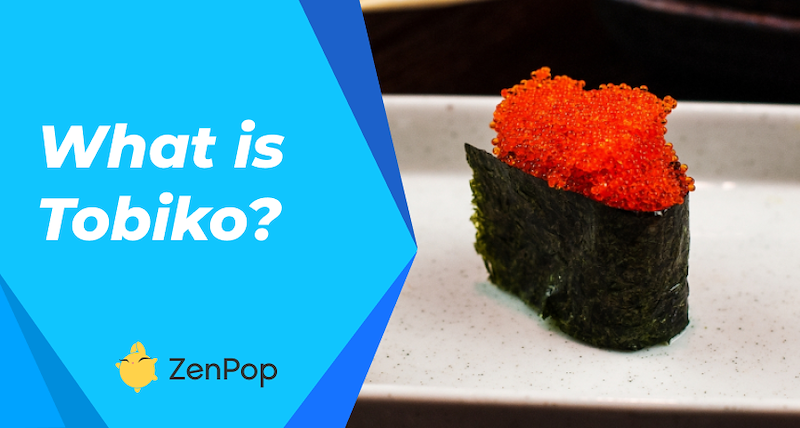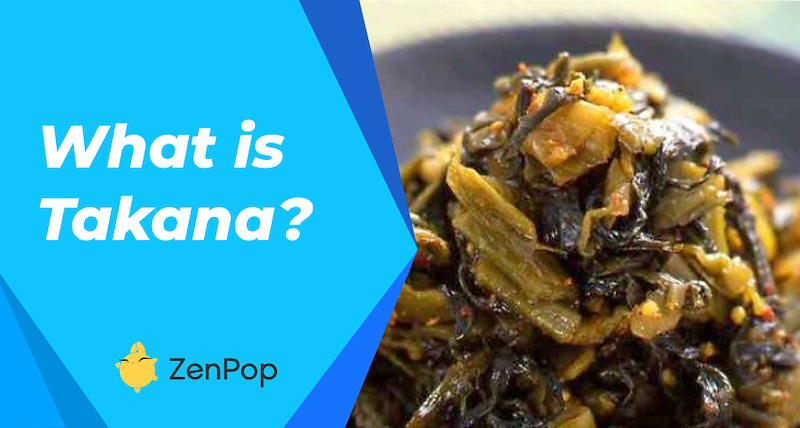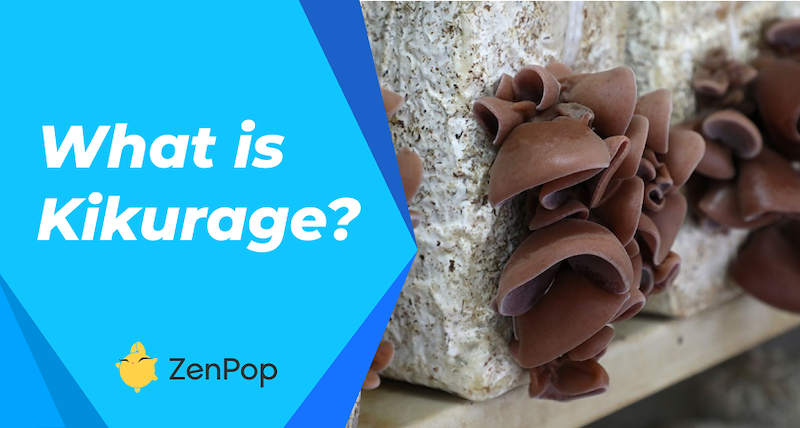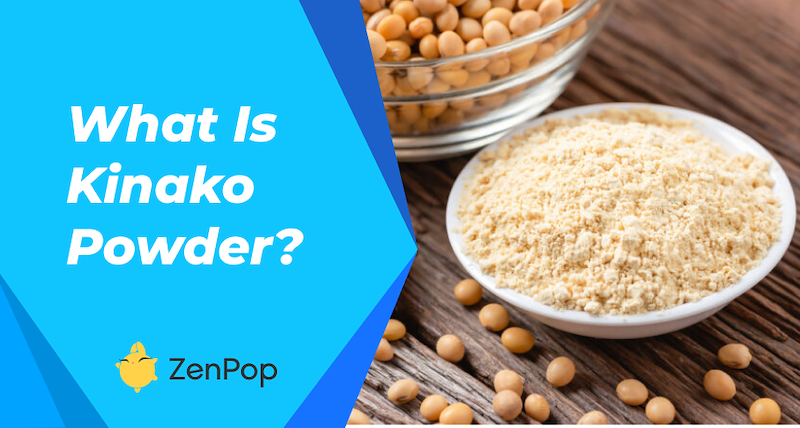
What is Kinako Powder?
Kinako is a Japanese powder commonly used for garnishing various foods and desserts in Japan. It literally translates to “yellow flour”. A newbie to Japanese cuisine will have only two words for kinako after tasting it in a dish or dessert; “peanut butter”. While it has a similar taste to peanut butter, they are totally different. What makes people go “oh, this is a totally nutty taste!” when they taste kinako? In this article, we cover everything about this Japanese powder. Keep reading.
WHAT IS KINAKO MADE OF?
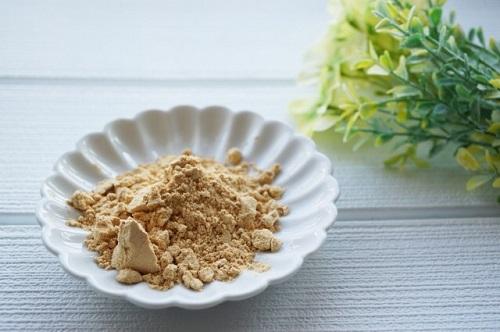
Kinako is made from roasted soybeans. The roasted soybeans are grinded into a fine powder which makes it Kinako. One thing you should know is that soybean flour and kinako are not the same thing. Kinako is derived from roasted soybeans which gives it the unique taste and aroma akin to peanuts while soybean flour has the original sweet milky taste and aroma of soybeans. They are both made with different methods so they have totally different taste.
HOW TO MAKE KINAKO
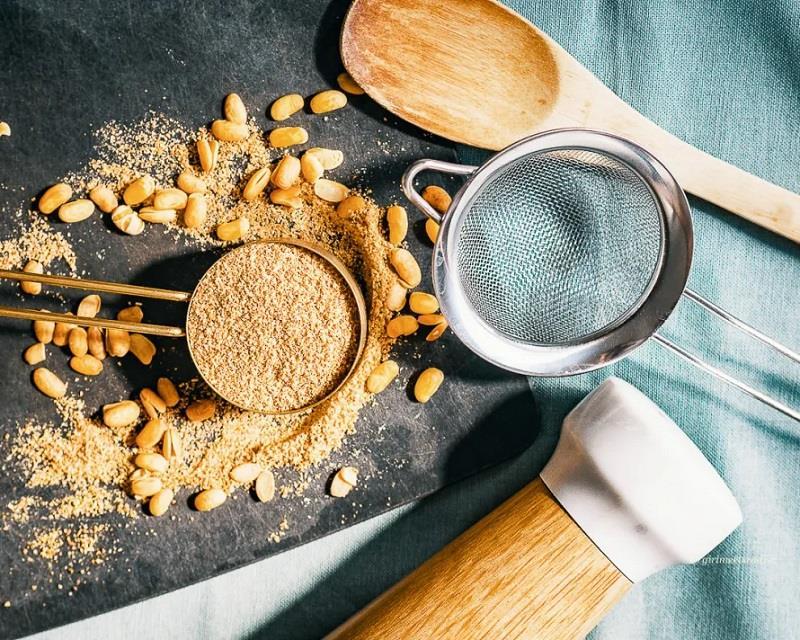
Kinako can be made by anybody, it can be done in a few easy steps. You can then store it in your kitchen and sprinkle on your mochi, chocolate or ice-cream.
- First, get some soybeans, the quantity depends on the amount of soybean flour you want as the end product. Wash your soybeans and pick out dirt and discolored bits and pieces of soybeans and drain off water.
- Next, have your frying pan or non-stick pot ready.
- After that, pour the now clean soybeans in your frying pan and roast over heat. The degree of the heat doesn’t have to be specific, could be low, medium or high; it depends on how fast you want it to roast and the quantity. But you might want to roast it slowly to allow the flavor to come out nicely without a hint of a burn in it.
- Turn the soybeans over and over to prevent them from burning; you can shake the pan frequently or stir the soybeans around with a wooden spoon. You’ll start to perceive that distinctive smell of roasted soybeans.
- When the beans have been roasted, grind them using a food processor or high-speed blender until you can’t hear the sound of beans, only the swishing sound of a finely grounded powder.
- Lastly, sieve the powder to get that ultimate fine powder.
Allow to cool then store it in a well-sealed jar.
There you have it, your golden-tanned goodness in a jar for your own personal use. For use, you can sweeten it to taste with sugar before storage or leave it be as it is then add sugar separately when you want to.
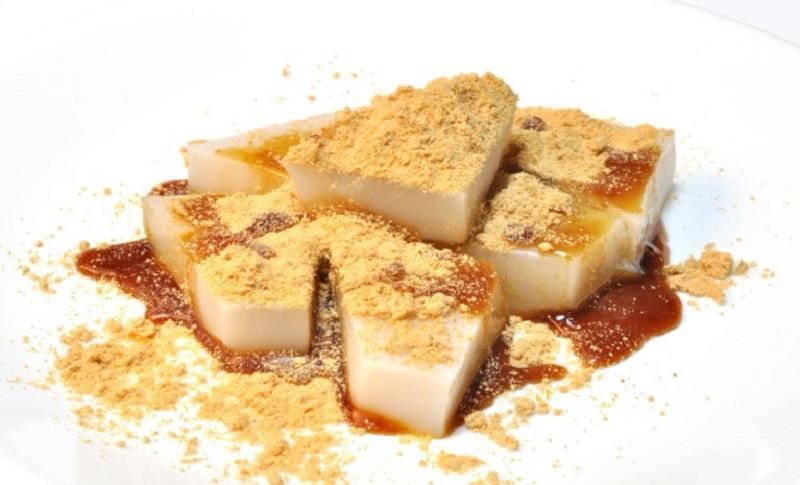
There is no special procedure for storing kinako, but it is best to store it in an air-tight container in the fridge due to its high oil content. If you have a lot of kinako, storing it in the freezer is another option. However, since the procedures are simple, just make a little so that it won't get lumpy.
HOW TO USE KINAKO
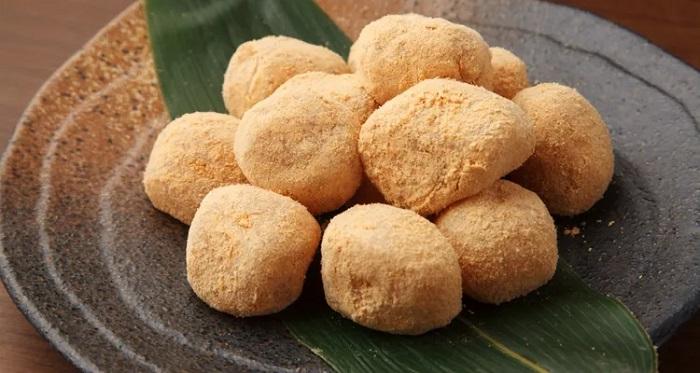
The exciting part of kinako is how to use it and what to use it with. There are varieties of confectionery and beverages kinako is used with. Kinako is never overlooked when garnishing confectionaries, beverages, baked goodies, and frozen treats in Japan. check out this list of confectionaries, desserts, and beverages you can use kinako to better enhance the flavor and taste.
Kinako mochi
This is by far the most popular Japanese confectionary kinako is used with. Mochi is a soft, sticky, and chewy Japanese rice cake. The mochi is coated in kinako and eaten. It could be sweetened or unsweetened kinako, depending on your preference and/or cravings. one exciting new year tradition in Japan is eating mochi with a dusting of kinako.
Kinako botamochi
Botamochi also known as ohagi is literally a burst of flavors with kinako. It is a sweet rice ball that is usually offered to honor family members that have passed away in Japan. Kinako botamochi is when the botamochi is sprinkled and well-coated with kinako. The combination of the chewy rice cake, the anko bean paste and kinako is heavenly. Makes a perfect combination of sweet, chewy and nutty.
Kinako dango
This is a kind of mochi skewered in sticks and then dusted with kinako. It is fun to eat and will rapidly be best of buds with your taste buds.
Kinako daifuku
Here, anko red bean paste is used as the filling for the mochi, the daifuku is then coated in kinako.
Although that is barely a scratch on the list of Japanese confectioneries, they are by far the popular ones that will leave you craving for more.
Frozen Treats (Kinako Ice Cream)
You know how ice cream has several amazing toppings and sprinkles? Well, kinako as a topping for ice creams works pretty great too. Vanilla, strawberry and chocolate are the popular ice cream flavors kinako is savored with, but it goes well with other crazier flavors of ice cream and you can experiment with to choose your favorite combo.
Kinako Drinks
Kinako also goes well with shaved ice, also known as kakigori in Japanese. For shakes and smoothies, kinako is an addition you won’t want to miss out on again after the first trial. If smoothies and shakes are a guilty pleasure for you, kinako is that perfect blend of sweetness and staying healthy. It is high in protein and some people actually use it in their shakes and smoothies for health purposes.
Baked Goodies
For breads, cakes, cookies, brownies, and even pancakes, you can never go wrong with kinako. Some people even add it as an ingredient when baking. It really incorporates the nutty taste with the pastry.
Kinako has a lot of health benefits when added into your diet. It is known to promote hair growth, rich in protein, helps with constipation and helps burn fat. It has all the health benefits found in soybeans. It is simply a delicious and healthy delicacy.
Check out our ZenPop Snack Box, where we regularly feature some Kinako-flavored treats from Japan!
This article was originally written by our freelance writer Umm-Kulthum Abdulkareem, and edited by us.


